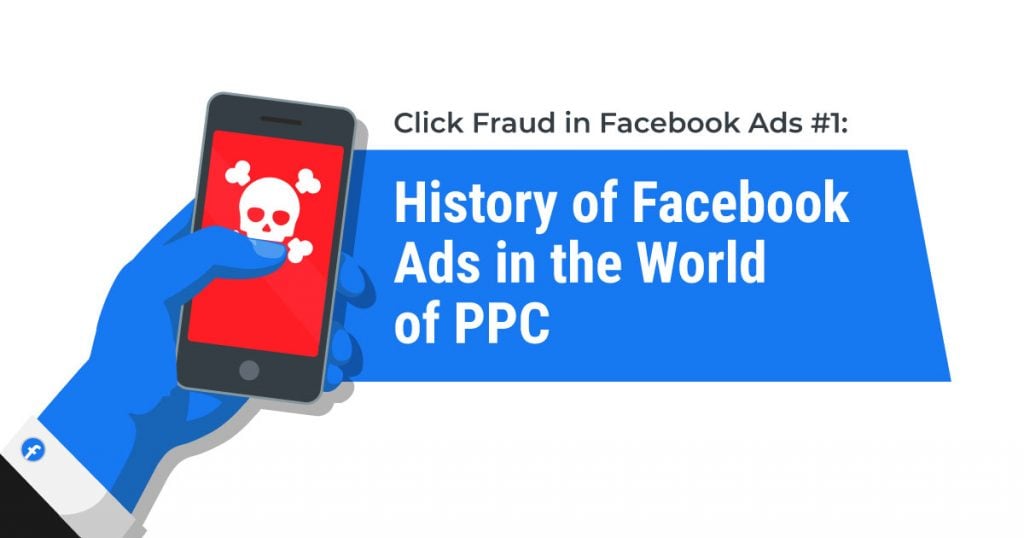Ever since it was announced that Google is doing away with third-party cookies, marketers everywhere have wondered how they are going to track user data – we sure have. Though there are ways to get around the elimination of third-party cookie data, such as the utilization of first and second-party cookies and data-clean rooms, these are not the most comprehensive way to track and gather user data.
With that being said, there might be a solution to this problem, especially since users are now opting out of data tracking. Data-Clean Rooms might provide a way for marketers to optimize user tracking for their ad campaigns without compromising user data and infringing on user privacy rights.
The Problem with Cookies
Cookies are a marketer’s best friend. They provide a unique way for brands and businesses to track user data in order to effectively market to a specific group of people. Cookies allow marketers to keep tabs on a customer’s interest, their most frequently visited website, what they purchase and why, as well as other key demographic information such as age, gender, geographic region, etc. Therefore, third-party cookies are essential for marketers and eCommerce businesses.
Without cookies, it becomes difficult to market – when marketers don’t understand a user’s journey, it’s impossible to market effectively. So what are marketers supposed to do with the elimination of cookies? How are marketers supposed to understand their customer base? What is going to improve a marketer’s ad campaign?
Obviously, there are several problems that crop up when cookies are removed. How do we circumvent these issues and market effectively without the aid of user data? Data-Clean Rooms might be the solution.
Are Data-Clean Rooms a Good Solution?
Though the words “data-clean” imply a lack of data, user data can still be tracked with Data-Clean Rooms, which helps marketers with their ad campaigns while protecting user data. Unlike Google’s controversial FLOC, Data-Clean Rooms protect user privacy while offering essential data that marketers rely on. Advertisers and brands can use Data-Clean Rooms to match user data without sharing Personal Identifiable Information (PII) or raw data. Therefore, Data-Clean Rooms are a safe, secure way for advertisers to get information for their marketing campaigns without breaching data privacy. Plus, there’s a level of transparency with Data-Clean Rooms that cookies don’t have. Because of strict privacy controls, it’s impossible for businesses to view or otherwise share user data.
This data transparency between brands and their customers benefits both parties, as it creates mutual trust and will help guarantee a purchase or a loyal customer. Plus, brands that have a large customer base will be better able to keep up with the demand while also building a more secure marketplace.
Data-Clean Rooms are not without their controversies, though. Most data-clean rooms only work on one platform, which limits marketers from gaining a full picture of a customer’s journey. Instead, marketers will have to manually stitch insights together, which is time-consuming and can be painfully tedious.
Ad spend is also impacted by this singular platform usage. Marketers will now have to focus their ad spend on one network. If a majority of your ads are created using Google, it will be difficult to have your ads appear on non-Google platforms.
Conclusion
Are Data-Clean Rooms the solution to a cookieless world? Who knows. It has a lot of benefits such as increased transparency and the security of user data, but it has negative aspects as well. Whether you want your company to use Data-Clean rooms, or if you’re satisfied with second and third-party cookies is up to you! All is not lost just because cookies are gone!



